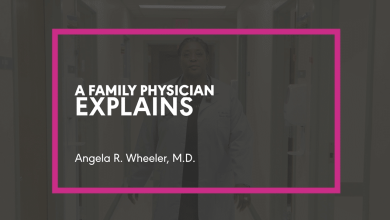Left-Sided Breast Cancer is More Common, Here’s Why


Let’s delve into an interesting facet of breast cancer research – the occurrence of breast cancer on the left side versus the right. While the disparity is slight, understanding the research findings and theories surrounding left-sided breast cancer can offer insights into prevention, treatment, and outcomes.
Research Findings
Recent research, including a study by the National Cancer Institute’s SEER program, suggests that left-sided breast cancer occurs slightly more frequently than on the right side, with a rate of 50.8 percent versus 49.2 percent. This study also hinted at potentially poorer outcomes for left-sided cases, though not conclusively.
Theories Behind the Trend
The reasons for this difference remain speculative, but several theories have been proposed Amy Bremner, M.D., the medical director of breast surgery oncology at MemorialCare Saddleback Medical Center in Laguna Hills, CA tells Health Central.
According to the SEER study, these include:
-
Earlier detection of left tumors in right-handed women, since it’s easier to do a self-exam with your dominant hand on the opposite side.
-
Larger size of the left breast. A larger breast means more glandular tissue, which slightly increases risk simply because there’s more area to develop cancer in, explains MD Anderson Cancer Center.
-
Preference for right-sided breastfeeding, which may lead to incomplete milk duct drainage in the left side. Research shows that in women who only feed on one side, the risk of breast cancer is higher in the opposite breast.
Researchers also note that biological differences between the left and right sides of the breast may contribute to varying cancer risks.
Outcomes and Survival Rates
While the SEER study reported slightly poorer outcomes for left-sided breast cancer, it’s crucial to emphasize that survival rates only showed a five percent difference.
Factors like tumor grade, hormone status, and treatment responsiveness play a more significant role in determining outcomes. Aggressive cancers can occur in either breast, and personalized treatment plans should be tailored to individual circumstances.
“The fact is that aggressive cancer can happen in either breast, and treatment outcomes have numerous factors at play, not just which side your cancer is on,” Parvin Peddi, M.D., a medical oncologist and the director of breast medical oncology for the Margie Petersen Breast Center at Providence Saint John’s Health Center in Santa Monica, CA tells Health Central.
RELATED: Breast Cancer: A Year-Round Survival Guide
Treatment Approach
The location of the tumor (left or right) does not alter the assessment or treatment approach. Treatment decisions are primarily based on




